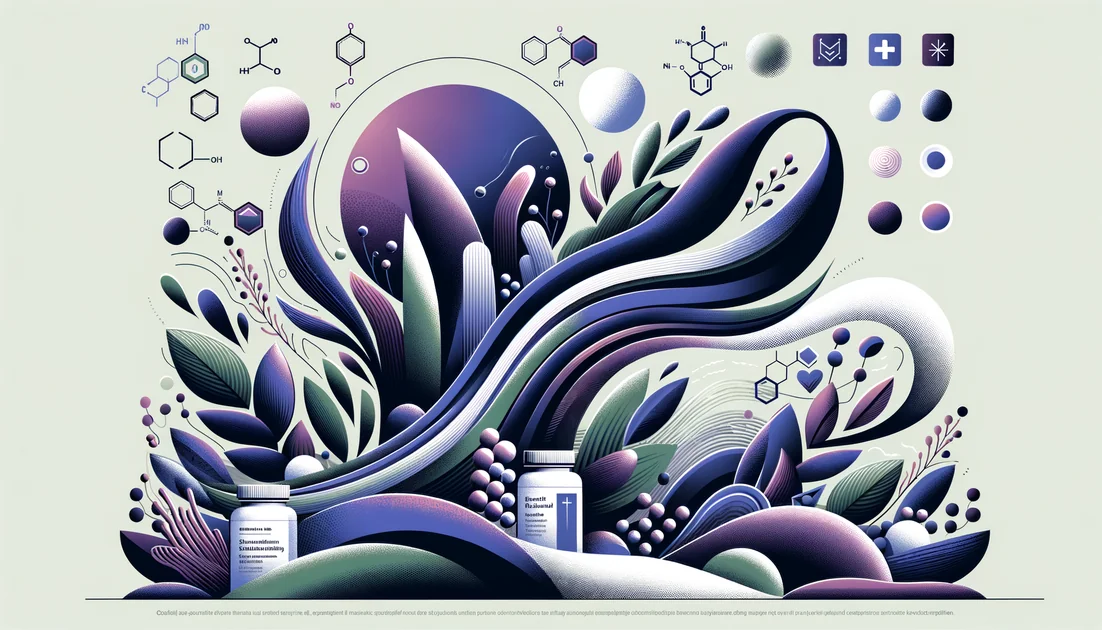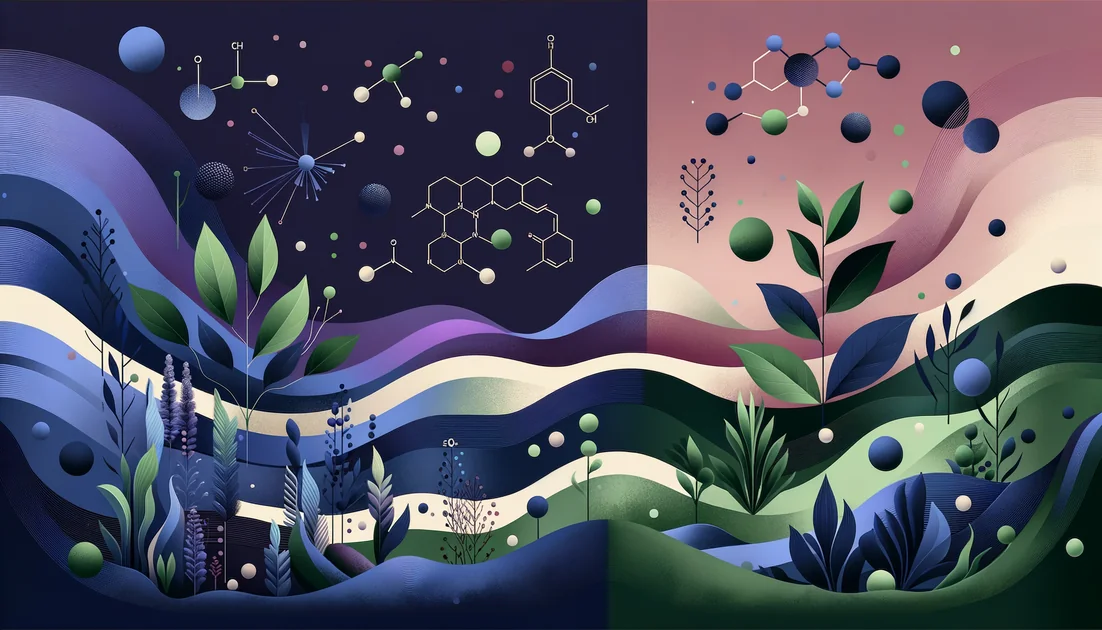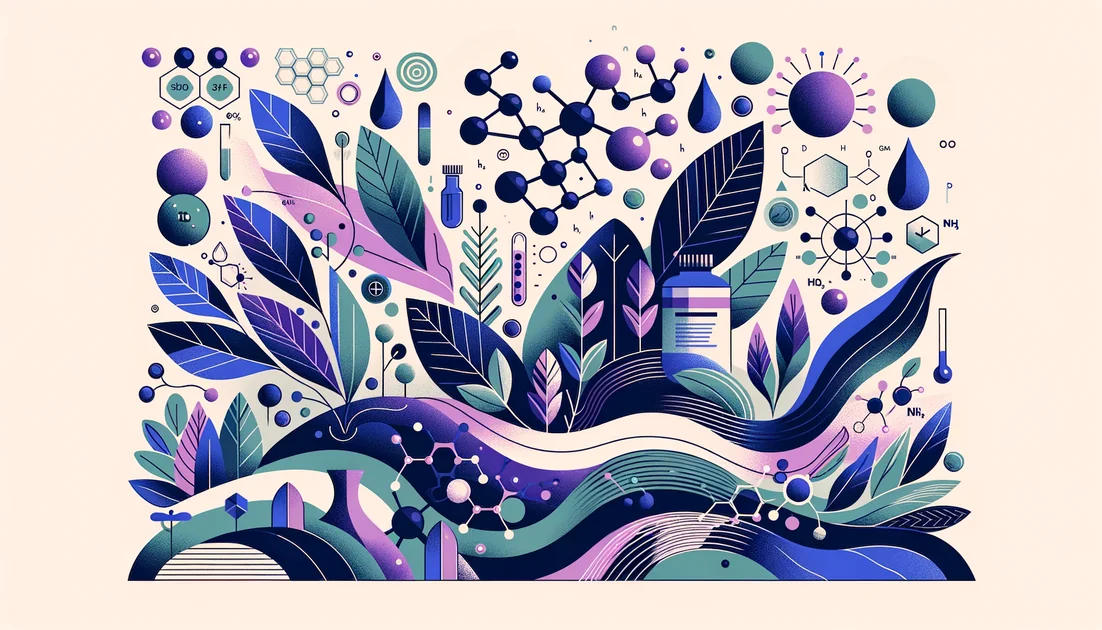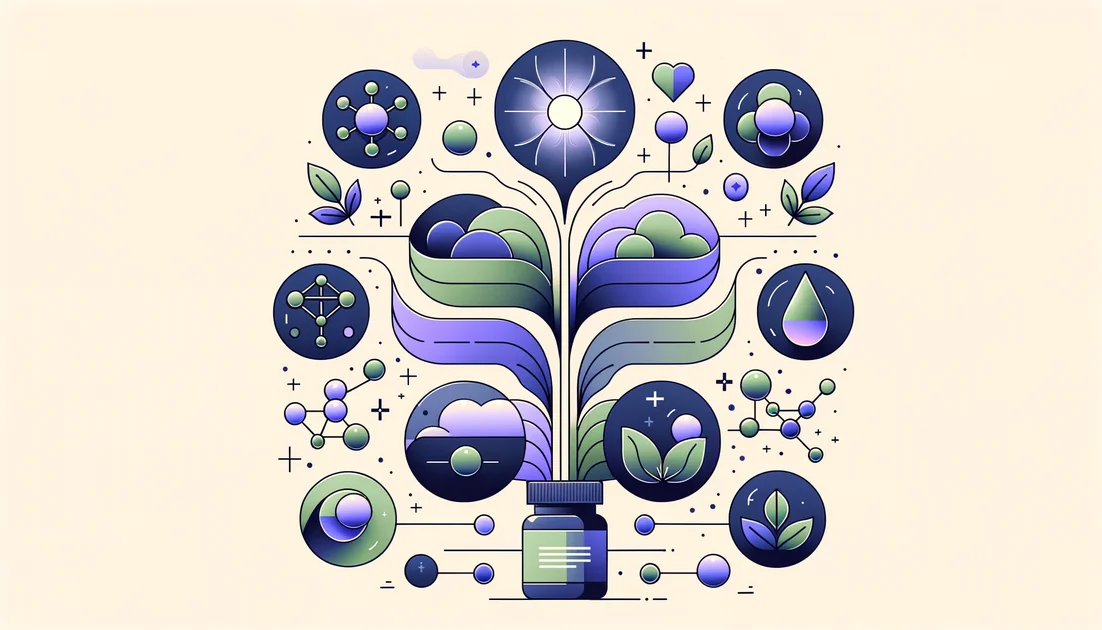
From Mountain Mystery to Measured Effects: The Real Story of Shilajit
You hear about a black resin scraped from Himalayan rock that influencers swear will raise testosterone overnight. Yet the most convincing modern study wasn't about gym bros at all—it was about bone density in postmenopausal women. That paradox is the doorway into shilajit's real story.
- Evidence
- Promising
- Immediate Effect
- No → 8–12 weeks (strength/testosterone); 24–48 weeks (bone)
- Wears Off
- Gradually over weeks; data limited
The resin that seeped into legend
For centuries, travelers in the high Himalayas watched a tar-like substance ooze from sun-warmed cliffs and called it shilajit—"conqueror of the rocks." In Ayurveda, it was classed as a rasāyana, a rejuvenator folded into tonics and taken with milk at dawn. Modern chemistry later revealed what traditional doctors intuited: shilajit is not a single molecule but a complex—humic and fulvic acids, mineral traces, and plant-derived compounds formed over centuries. Think of it as a dense, dark tea brewed by geology and time. [1]
What scientists followed when the legend met the lab
When researchers began to test it, one thread stood out: fulvic acid, a small, mobile compound that slips through the gut easily. In test tubes, fulvic acid acted like a crowd-control marshal for tau proteins—discouraging their tendency to tangle into the snarls linked with Alzheimer's disease and even helping pry apart tangles once formed. It's an early, lab-bench signal, not a clinical cure, but it explains why the brain became part of the shilajit conversation. [2][1] Meanwhile, the Internet crowned shilajit a testosterone booster. What does the evidence actually say? A randomized, double-blind trial in 45- to 55-year-old men using purified, standardized shilajit (250 mg twice daily) for 90 days reported increases in total and free testosterone versus placebo. That suggests the resin's mix may prod the body's own hormone-making machinery rather than act like an external hormone. [3] A 2023 systematic review of "testosterone boosters" placed purified shilajit in the "possibly effective" tier for men with age-related low T—hopeful, not definitive. [12] The story broadens beyond hormones. In a sports-nutrition trial, 8 weeks of shilajit (especially 500 mg/day) helped men hold on to leg-extension strength after a fatiguing protocol, and lowered a blood marker of collagen breakdown, hinting at better connective-tissue resilience. [4] In separate work, 8 weeks of shilajit raised a circulating precursor of type-I collagen—the stuff tendons, ligaments, and skin are made of. [6] And then comes the twist: the most quietly impressive trial looked at bones, not biceps. In 60 postmenopausal women with osteopenia, 48 weeks of a standardized shilajit extract (250 or 500 mg/day) slowed the slide in lumbar spine and hip bone density compared to placebo, alongside lower inflammation and oxidative stress markers. It didn't rebuild bone, but it did seem to slow the loss—an effect that takes months, not days. [5]
Voices that push back—and push forward
"Traditional use is not equal to scientific evidence." — Prof. Dennis Chang, Western Sydney University [10]
That sober reminder matters when social media promises overnight changes. Toxicologist Ian Musgrave echoes the caution: natural doesn't guarantee safe, especially when raw or poorly processed materials can contain arsenic or lead. [10] Even U.S. regulators have flagged heavy-metal poisonings tied to unapproved Ayurvedic products; labels don't always reveal what's inside. [7] At the same time, clinicians who work with supplements offer practical guardrails. "Safe doses range from 250 to 1,000 mg," says Natiya Guin, ND, noting the need to start low and choose third-party-tested products—because quality varies. [9]
Quality is the plot twist no one sees coming
Independent testing in 2024 found that reputable shilajit brands were below heavy-metal limits—but the amount of fulvic acid per serving varied wildly, from single-digits milligrams to over two grams, and resins tended to have less than concentrated extracts. Translation: two jars labeled "shilajit" can behave very differently in your body. [8]
How might it work? Picture the cell's power plant
Inside each cell, mitochondria run a wire-transfer of electrons to mint ATP—the body's spendable energy. Shilajit's fulvic acids and related compounds seem to act like tiny couriers and stabilizers, shuttling and protecting molecules the mitochondria use, and dialing down the "fire alarms" of oxidative stress and low-level inflammation that wear tissues down. That could explain the connective-tissue and bone findings, and why lab studies of the brain keep circling back to fulvic acid. It's a plausible mechanism framed by early data, not a closed case. [1][2][5][6]
What shilajit is good—and not good—at right now
Most consistent human signal: modest testosterone support in midlife men over 8–12 weeks with purified, standardized extract. [3][12]
Encouraging secondary themes: strength preservation under fatigue and markers suggesting healthier collagen turnover. [4][6]
Slow-burn potential: bone-loss attenuation over 6–12 months in osteopenic women. [5]
Too early to tell: brain benefits are mechanistically intriguing but rest mainly on lab and preclinical work. [2][1]
Popular—but thinly supported—claims: altitude sickness and anemia stories are largely traditional or hypothesis-driven, with scant modern clinical testing. [11]
If you're considering it
Choose purification and proof over poetry. Look for brands specifying standardization (e.g., fulvic-acid content) and providing third-party heavy-metal testing. [8][7]
Think in seasons, not days. Studies showing changes ran 8–12 weeks (strength, collagen, testosterone) up to 48 weeks (bone). Adjust expectations accordingly. [3][4][6][5]
Dose where the data lives. Most trials used 250–500 mg/day, sometimes 250 mg twice daily of a purified extract. [3][4][5]
Match goal to evidence. For midlife men with low-normal testosterone and fatigue, shilajit may offer a nudge. For women concerned about bone loss, it's a potential adjunct to diet, vitamin D, protein, and resistance training—never a replacement for medical care. [5]
The open horizon
Shilajit began as a mountain mystery and is becoming a testable toolkit of small molecules. The best stories ahead will come from longer, larger, independent trials that connect mechanisms to meaningful outcomes—clearer thinking, stronger bones, steadier energy—while keeping quality and safety at the center. Until then, shilajit stands where many traditional remedies now stand: not magic, not myth—something in between, asking good questions and rewarding patient, careful use. [1][5][12]
Key takeaways
- •Evidence is promising—several RCTs suggest effects on testosterone, fatigue-resilience, collagen markers, and bone loss—yet larger independent trials are still needed.
- •Dose and time matter: most studies used 250–500 mg/day for 8–12 weeks (strength/testosterone) and up to 48 weeks for bone.
- •Quality varies dramatically; insist on standardized extracts with third-party heavy-metal testing.
- •Brain claims are mechanistic (lab) rather than clinical; altitude and anemia claims rest largely on tradition.
You might also like
Explore more of our evidence-led investigations, comparisons, and guides across every article style.

Momentous (Project One Nutrition, Inc. dba Momentous)
Momentous is a testing-first supplement brand with real R&D credentials—and recurring complaints about price and subscriptions

Current (Actual) Body Weight method vs Goal/Ideal/Adjusted Body Weight method
For most healthy, non-obese and athletic readers, calculate protein from current body weight. If you have overweight/obesity or are dosing clinically, use goal/ideal/adjusted body weight to avoid overestimating needs. [1][2][6]


L-Ergothioneine
Humans don't make L-ergothioneine—yet we evolved a gated "express lane" to pull it from food and stash it in our most vulnerable tissues. Why build a door for a nutrient we never manufacture? [1]

The Immune Vision Duo: Unlock What's Stuck
Context-dependent synergy: proven in deficiency settings (especially for persistent diarrhea and pregnancy night blindness), but additive or null elsewhere.

Tocotrienols
The stealthier cousins of vitamin E—built with springy tails that move differently in cell membranes and behave differently in your body.
